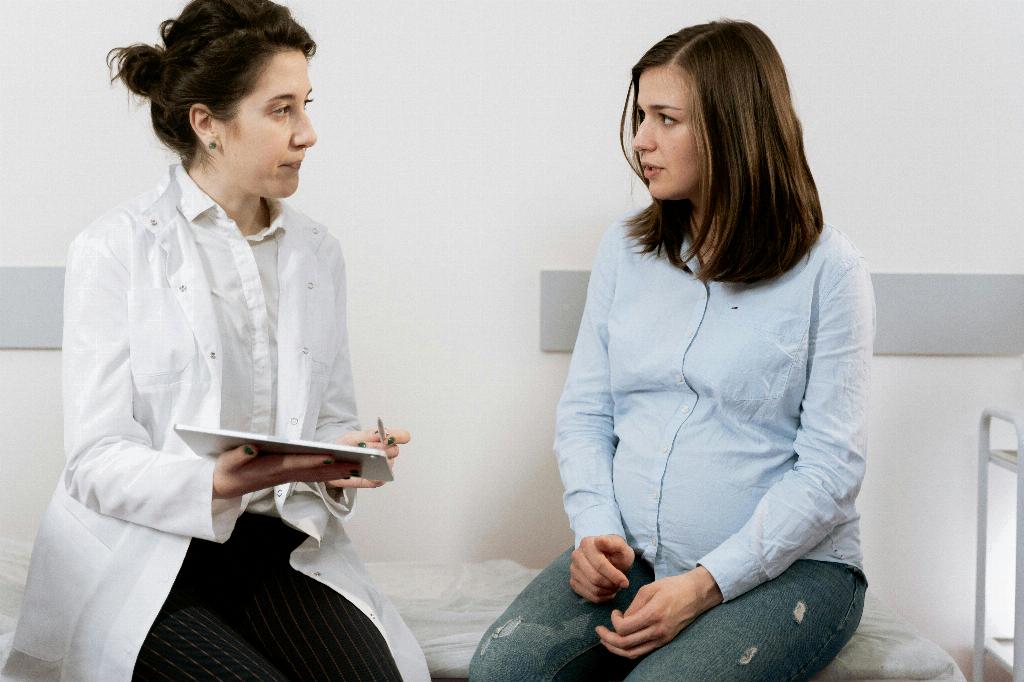When it comes to taking baths during pregnancy, many women wonder about the ideal water temperature that is safe for both the mother and the developing baby. It’s important to keep in mind that soaking in hot water, especially during early pregnancy, can potentially pose risks. So, how hot can a bath be when pregnant?
According to healthcare experts, it is generally safe for pregnant women to take baths as long as the water temperature does not exceed 100 degrees Fahrenheit. This temperature is considered moderate and should not raise the body temperature to levels that may be harmful to the baby. However, it is crucial to avoid soaking in water that is too hot, as it can lead to a higher body temperature above 102.2 degrees Fahrenheit (39 degrees Celsius).
Hot baths, particularly those that are scalding or extremely hot, can cause a significant increase in body temperature. Elevated body temperature, especially during the first trimester, can potentially lead to neural tube defects in the baby. Therefore, it is best to err on the side of caution and opt for warm baths that are below the recommended temperature limit.
When considering the temperature of the bath water during pregnancy, it is essential to understand that the body’s ability to regulate temperature is slightly impaired during this crucial period. This means that pregnant women may be more susceptible to overheating, which can have adverse effects on fetal development. It is always advisable to prioritize the safety and well-being of both the mother and the baby.
Excessive heat exposure, whether from hot baths or hot tubs during pregnancy, can potentially lead to conditions such as hyperthermia, which is characterized by a significant increase in body temperature. Hyperthermia has been associated with an increased risk of birth defects and pregnancy complications. Hence, it is crucial to be mindful of the water temperature when indulging in baths during pregnancy.
While warm baths can be relaxing and soothing for pregnant women, it is important to pay attention to the duration of the bath as well. Prolonged exposure to warm water, even at a safe temperature, can also lead to overheating. It is recommended to limit the time spent in the bath and ensure that the water is not excessively hot to mitigate any potential risks.
It is worth noting that individual tolerance to heat may vary among pregnant women. Some women may find that they are more sensitive to heat during pregnancy, while others may be able to tolerate slightly warmer water temperatures. It is essential to listen to your body and avoid any discomfort or signs of overheating while taking baths during pregnancy.
For those who enjoy hot baths, it may be challenging to adjust to the lower water temperatures recommended during pregnancy. However, the safety of the baby should always be the top priority. Opting for warm baths instead of hot baths can still provide relaxation and alleviate pregnancy-related discomfort without posing unnecessary risks to fetal development.
If you have any concerns or medical conditions that may be affected by bathing in warm water during pregnancy, it is advisable to consult with your healthcare provider. They can provide personalized guidance and recommend suitable water temperatures based on your individual health status and pregnancy progress.
Overall, while baths can be a soothing and enjoyable experience during pregnancy, it is crucial to be cautious about the water temperature. Keeping the bath water below 100 degrees Fahrenheit and avoiding hot temperatures that can elevate body temperature is key to ensuring the safety and well-being of both the expectant mother and the developing baby.
In conclusion, maintaining a balance between relaxation and safety is essential when it comes to taking baths during pregnancy. By following the recommended guidelines for water temperature and duration, pregnant women can enjoy the benefits of bathing while minimizing any potential risks to the baby’s health and development.

